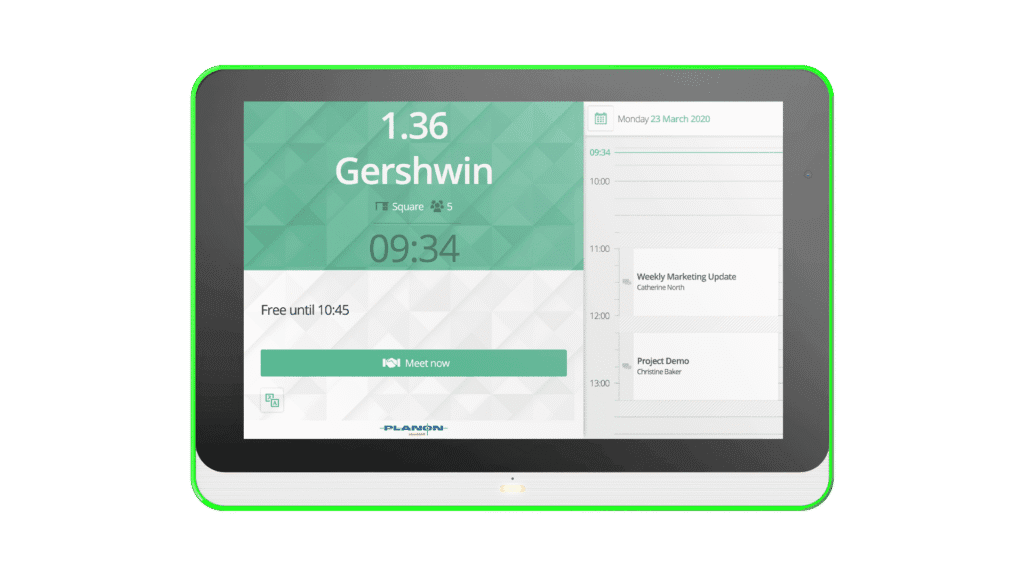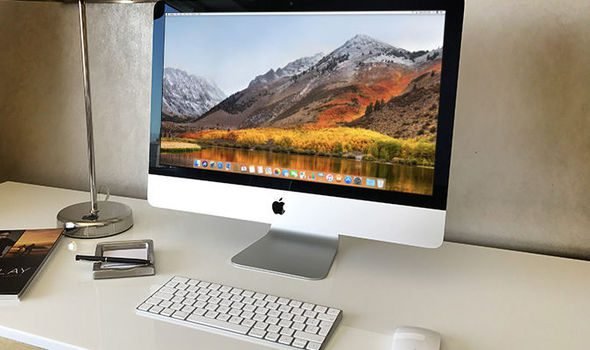Windows 7 is one of the Microsoft operating systems that has had the best acceptance and use in recent years. However, from next January 14, 2020, will stop having updates, as reported from its official website. If you use this operating system in your company, look for an alternative before the end of official support.
What will happen if I continue with Windows 7 after this end of support?
In 2020, starting January 14, using Windows 7 will entail a risk to the privacy and security of the organization, due to several factors:
Microsoft will stop solving any problem or security flaw that is discovered. This has serious implications for the security and privacy of the equipment, since the discovered vulnerabilities will not be patched and the cybercriminals will be able to use them to compromise the equipment. In addition, you will not receive new features or improvements to existing ones.
The hardware will gradually cease to be compatible. Hardware manufacturers (printers, microphones, POS, etc.), will stop developing components compatible with Windows 7. For more information visit here
The software will also no longer be compatible. The software, as with the hardware, will eventually be compatible, since it will not be profitable to invest in developments for an obsolete operating system. This, in addition to affecting the functionality of the tools, will also affect the safety of the equipment. Failure to receive updates will not correct discovered errors and security flaws.
How do I migrate to a new operating system?
To migrate from Windows 7 to a new operating system avoiding setbacks or deterioration in the quality of service, it will be necessary to carry out a series of steps and checks.
Make an inventory of existing software and hardware
The first step will be to carry out an inventory of all the software and hardware existing in the company. This step will be of vital importance, since this will allow us to verify in advance if the new operating system selected is compatible or not.
Determine which operating system you want to migrate to
To determine the operating system to which to migrate, a series of prior checks must be carried out:
- If the hardware used in computers and peripherals is compatible with the new operating system;
- If the software used in Windows 7 is compatible with the new operating system; and if not, if there are versions or alternatives to that software for the new operating system.
Mainly, there are three types of operating systems that could be migrated: Windows (updating version), Chrome OS, and Mac OSx, Linux or other Unix-based. Determine which operating system to select will depend on the needs of each company, since each system has a series of advantages and disadvantages with respect to the other two.
Perform tests in a controlled environment
Before migrating the equipment used by a worker, it is advisable to carry out tests in a controlled environment, which must have the same software and hardware components that will be used in the final equipment. Once it is verified that all the necessary systems and applications (payroll, billing, CRM, production, etc.) work in a test environment, we can move on to update the employees’ computers.
Problems with the old software and possible solutions
The Windows operating system has compatibility mode that allows you to run valid old applications only up to a certain version of Windows in modern operating systems.
When the software used in the company is only compatible with Windows 7, and it decides to migrate to another operating system other than Windows, there is the possibility of using what is known as virtualization. This will allow creating a virtual version of Windows 7 within another operating system. It is important to know that even if the operating system is virtualized, it will still have the same security problems due to the lack of updates. If we choose this solution, the ideal will be to isolate the computer with the vulnerable operating system from the network.
Establish the migration strategy
The order in which the equipment will be updated to the new operating system has to be defined. This will depend on the needs of the company, although it is advisable to look for the strategy that has the least possible impact.
Offer training to employees on the new operating system
Although most of today’s operating systems have easy-to-use “friendly” interfaces, changing the operating system is always traumatic. Allowing employees to be trained in the new features of the operating system will allow a much faster and simpler adaptation for the performance of their functions.
Make a security copy
To ensure that no data is lost in the migration process, it is necessary to make backup copies of all the information contained in the device, both documents and those used by the applications.
If you want more information on how to make backup copies visit our guide:
- Backup copies: an approximation guide for the entrepreneur
Install the new system
Finally, the new operating system will have to be installed in the teams, together with all the necessary tools so that the workers can carry out their daily tasks. You also have to restore the data of the backup copies in their respective computers and check that you can access and work with them.
Changing the system is always something that alters the daily tasks, but all companies should keep this in mind in their software updates policy. Continue using Windows 7 sooner or later will jeopardize the security and privacy of your organization and therefore its continuity. Do not leave it for the last day, start migrating to a new operating system.
You might want to read about4 Ways to Obtain the Latest Tech for Your Business Without Overspending
Tech content on this site may include contributed articles and partnerships with industry voices. Learn more in our Editorial Policy.





